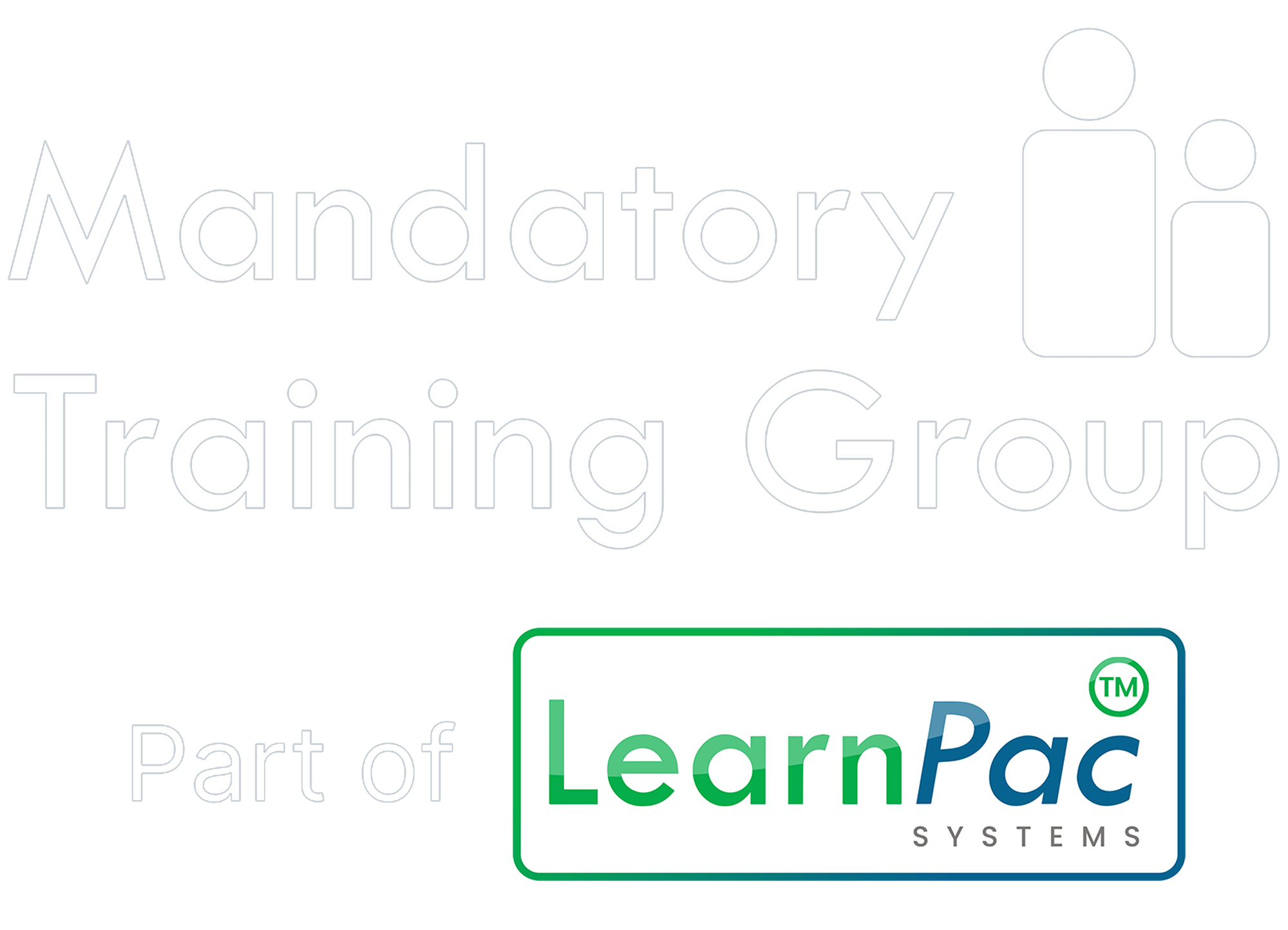You have no items in your shopping basket.
The importance of manual handling training
Statistics from the Health and Safety Executive (HSE) reveal that manual handling injuries account for over a third of all workplace injuries. These include musculoskeletal disorders such as lower back pain and joint and repetitive strain injuries, which can have long-term effects on health and well-being. Effective training in good handling techniques not only helps reduce these incidents but also ensures compliance with safety regulations, ultimately saving costs associated with workplace injuries.
Key definitions
- Manual handling - Any transporting or supporting of a load by one or more workers, including lifting, putting down, pushing, pulling, carrying, or moving a load, which because of its characteristics or unfavourable ergonomic conditions, involves risk, particularly of back injury, to workers.
- Ergonomics - The study of people's efficiency in their working environment, aiming to improve working conditions to reduce the risk of injury.
Relevant legislation and regulations
In the UK, the primary legislation governing manual handling is the Manual Handling Operations Regulations 1992 (MHOR), which sets out a clear hierarchy of measures to reduce risks associated with manual handling. These regulations are supported by the Health and Safety at Work, among others. Act 1974 places a duty on employers to ensure the health and safety of all employees.
Under MHOR, employers are required to:
- Avoid hazardous manual handling operations so far as is reasonably practicable.
- Assess any hazardous manual handling operations that cannot be avoided.
- Reduce the risk of injury so far as is reasonably practicable.
The regulations are further complemented by various HSE guidelines and the European Directive 90/269/EEC, which emphasise the importance of proper risk assessment and preventive measures.
Good handling techniques
Adopting good handling techniques is pivotal in preventing injuries. Key strategies include:
Planning and risk assessment
- Evaluate the task - Analyse the load, the environment, and any organisational factors that could affect manual handling.
- Use of mechanical aids - Where possible, utilise trolleys, conveyors, or forklifts to minimise physical handling.
Proper lifting techniques
- Assess the load - Before lifting, check for size, shape, and weight.
- Stable position - Ensure your feet are apart with one leg slightly forward to maintain balance.
- Firm grip - Grasp the load securely and close to the body.
- Smooth and slow - Lift slowly using the leg muscles, not the back. Avoid twisting or leaning sideways.
Team handling
- Communicate - Ensure all parties involved in lifting are communicating effectively.
- Coordinate - Actions should be synchronised to avoid sudden movements.
Recommendations
- Training and education - Regular training sessions should be held to instruct employees on safe manual handling techniques.
- Health monitoring - Implement a system for reporting and monitoring health concerns related to manual handling.
- Continuous improvement - Regularly review and improve handling techniques based on feedback and the latest best practices.
Conclusion
Good manual handling techniques are not merely a legal obligation; they are a critical component of workplace safety. Investing in proper training and equipment pays dividends in reduced injury rates and improved employee satisfaction. At The Mandatory Training Group, we offer comprehensive courses tailored to meet your business's needs, ensuring that your team is not only compliant but also competent in safe handling practices.
Equip your team with the knowledge and skills to handle manual tasks safely and efficiently. Click here to explore our training solutions and discover how we can help you maintain a safe and productive workplace.
About the author
Rose Mabiza
Rose has dedicated over 15 years to improving health and social care quality through practice, targeted education and training. Her extensive experience includes working with older adults, individuals with mental health conditions, and people with autism and learning disabilities.

Contact us
Complete the form below to start your ComplyPlusTM trial and transform your regulatory compliance solutions.



